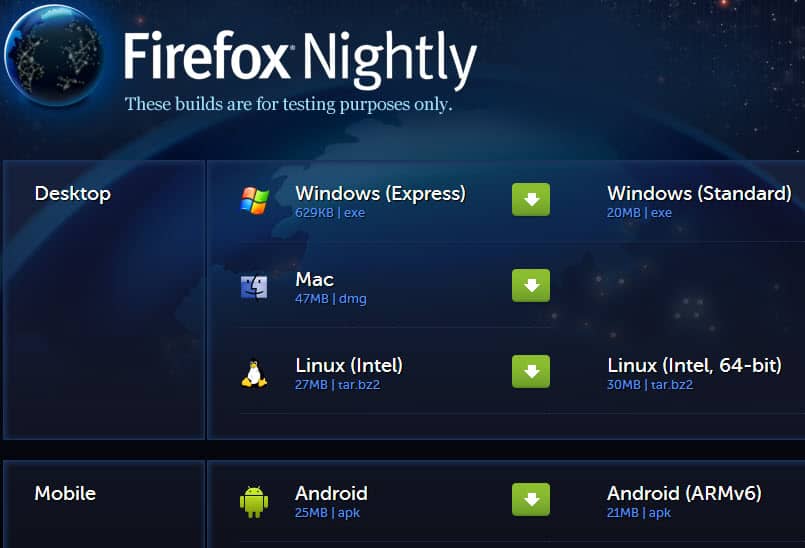

Choose to either start the upgrade immediately or at a later time.After following these steps, your upgrade will begin and may take a while to complete.Click Accept to agree to the License Agreement.Click on Get Started to initiate the upgrade.Select the Control Panel option from the pop-up menu.Press the Windows and X keys together or right-click on the Windows Start icon at the bottom-left corner of the screen.Microsoft needs to realise when it comes to Windows 10, users shouldn’t need to dive into settings just to see what they are about to run on their PCs.You can upgrade from Windows 8.1 to Windows 10 through the Windows Update feature in Control Panel. It would be crazy if gas stations didn’t clearly label the types of fuel on their pumps. Consequently, while I can understand Microsoft’s desire not to confuse its Windows 10 users with file extensions, in this instance I think dumbing things down does more harm than good. The problem is Windows 10 is now on over 900M devices so millions of users won’t have.

Yes, it’s a simple fix for a serious problem and advanced users are likely to do this as a matter of course. Click ‘View tab’ > Advanced settings > Uncheck "Hide extensions for known file types".Windows 10 Start Menu > type ‘Folder Options' > open ‘File Explorer Options’.To avoid being such an easy target, BleepingComputer points out that you need to change Windows 10 settings to enable the ability to view file extensions by default. Only after enabling Windows 10 file extensions can this executable malware be seen BleepingComputer exe (executable) file which, when opened, will install malware on your computer which opens it up to multiple attacks, such as remote control of your system and ransomware. But if you could see the file extension, it would reveal this is not a. Hackers do this by giving their malware an innocent name and the icon of a legitimate program, for example, malware could be called “Scan_002_01” and use the Adobe Reader icon (the Windows 10 zip file icon is popular too). And that’s dangerous.Īs BleepingComputer explains: hackers will send malware files to users via spam, trick browser downloads and more and they often look like innocent files thanks to Windows 10 hiding their extension. And yet it is likely you can’t name many modern types now because, yes, Microsoft now hides them by default to simplify the end user experience. mov (QuickTime media files) and, perhaps most famously.

You will be familiar with many common file extensions such as. BleepingComputer uses the example report.txt and “txt” is the file extension. “Microsoft hides file extensions in Windows by default even though it's a security risk that is commonly abused by phishing emails and malware distributors to trick people into opening malicious files,” the site warns.įile extensions are the letters shown after a file name.


 0 kommentar(er)
0 kommentar(er)
